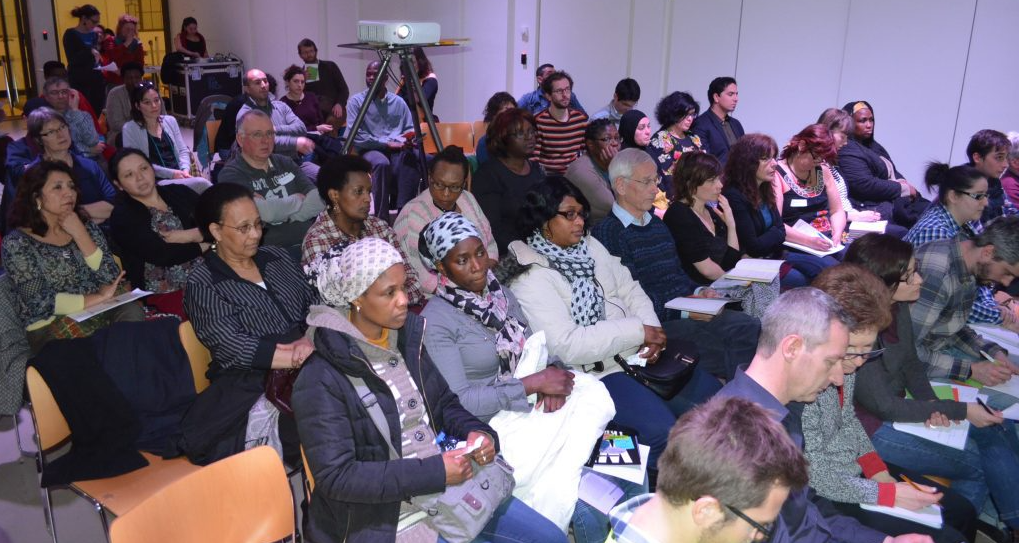
Clique aqui para Português
This is the latest in a series of articles about Community Land Trust (CLT) experiences around the world. We selected a few cases based on their potential to inspire others. These examples show how varied CLTs are despite always having the same basic structure: a nonprofit organization made up of residents owns the land in an area, while residents own or rent the homes themselves. Our objective is to present lessons learned from international experiences with CLTs, so we can reflect on how to reach the model’s greatest potential in Brazil and overcome challenges faced in other contexts. The example explored in this article is the Brussels Community Land Trust, situated in the capital of Belgium in Western Europe.
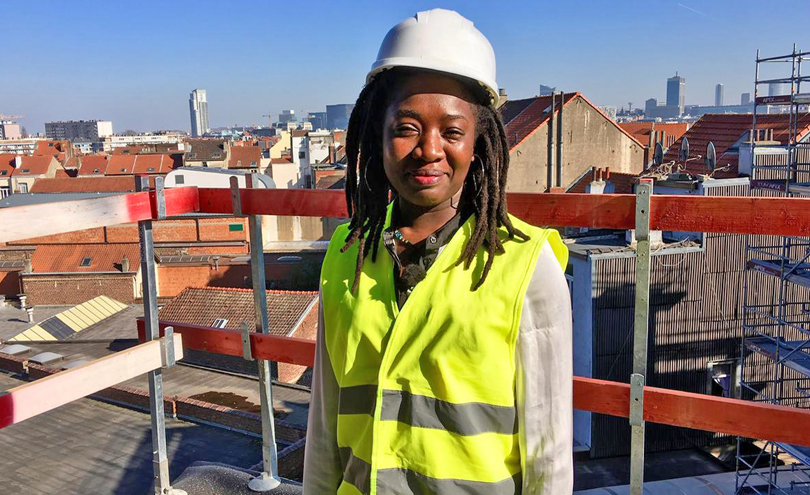
Community Land Trust Brussels (CLTB) is the first Community Land Trust (CLT) implemented in Continental Europe. It was established in 2012 in the capital of Belgium with the mission of offering the economically vulnerable an opportunity to live in affordable, sustainable, high-quality housing. Currently, CLTB has four residential buildings with a total of 110 units. Four more buildings are currently under construction, adding another 100 units.
Like many cities around the world, Brussels experienced a severe housing crisis in the early 21st century, prompting residents to seek alternative solutions. Upon learning about examples of successful CLTs, a group of activists organized themselves to create a CLT in Belgium. They formed a not-for-profit organization called Platform Community Land Trust Bruxelles to present the model to the government. A feasibility study highlighting the CLT’s potential for the region led the local government to support its construction, financing, and implementation. Thus, the organization was renamed Community Land Trust Bruxelles.
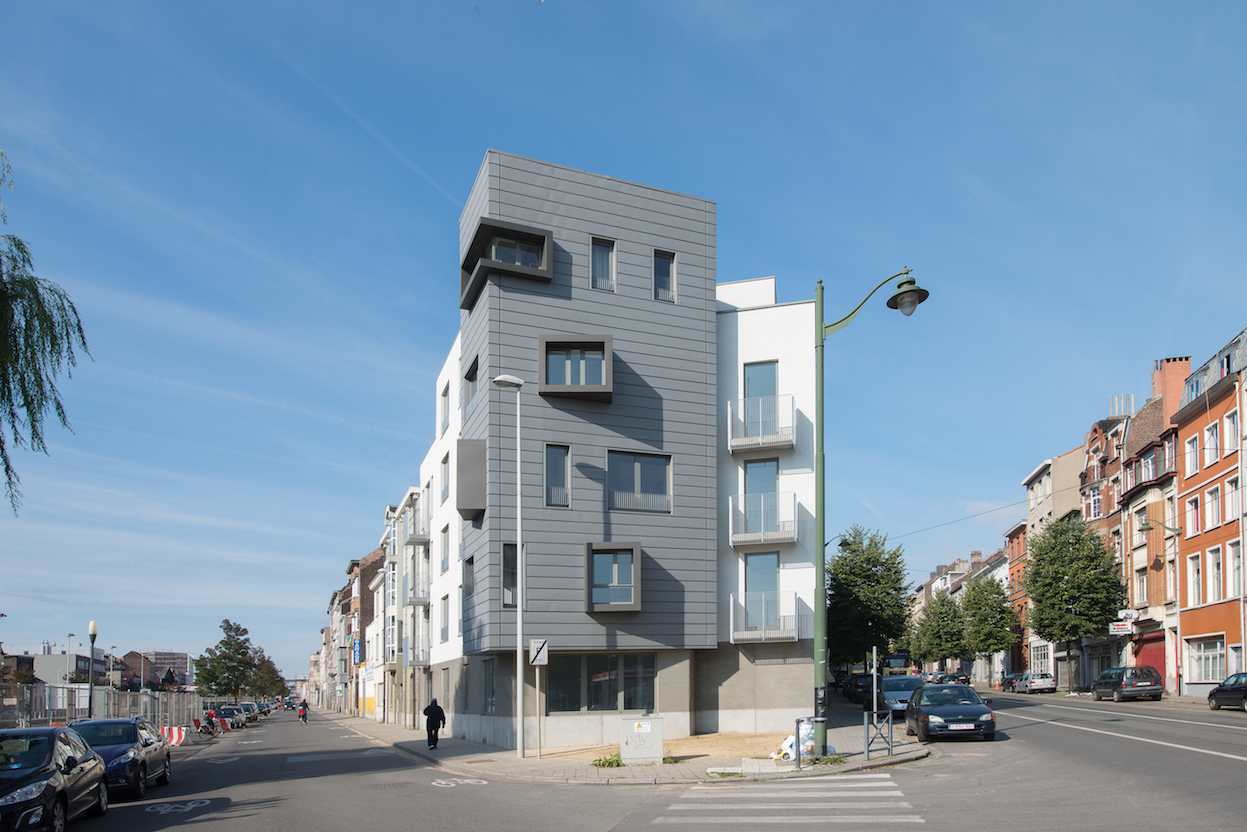
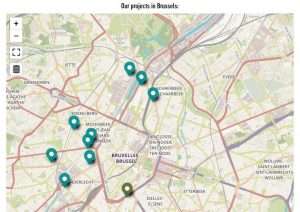
A year following this organizational restructuring, a three-party Board of Directors—equally composed of residents, civil society organizations, and regional authorities—was created to manage the project. Concurrently, another independent organizational structure was formed, called the Foundation of Public Utility “Community Land Trust – Brussels” (FUP CLTB). This foundation became the owner and leaser of the area’s land, while CLTB became responsible for the development and management of residential projects on this land. In other words, while FUP CLTB owns the land, CLTB constructs and manages its buildings.
Only after all this structuring did CLT Brussels become fully operational, in 2012. Soon after, it became regulated through the city’s Regional Housing Code. This regulation enabled the CLT to access a Belgian government subsidy worth €2 million per year (approximately USD$2.1 million) that is utilized in developing new public housing projects. The communities served by the CLT are considerably diverse ethnically, racially, and culturally: over 80% of the CLT’s residents are refugees or other immigrants.
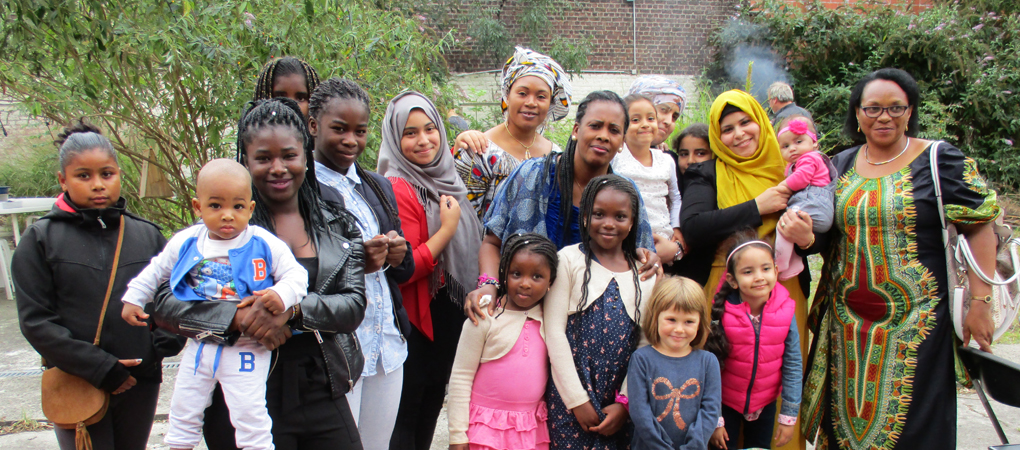
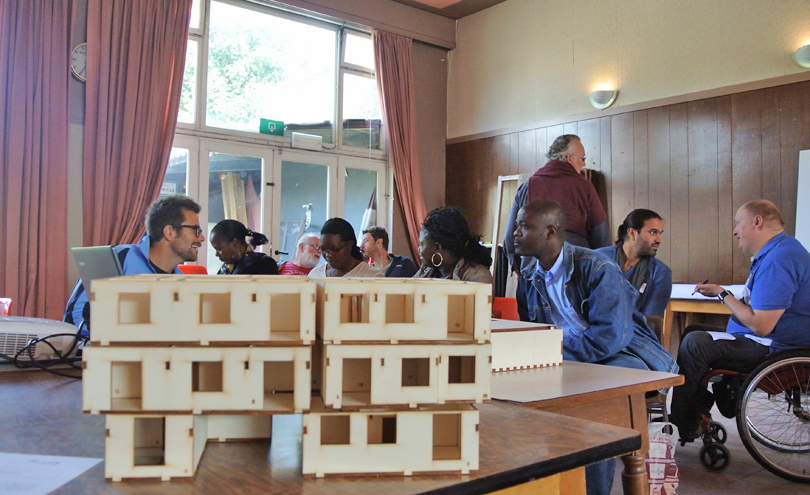
The Belgian initiative values the continuous mobilization of residents. The participation of its current and future residents strives to collectively build both the CLT’s dynamics and projects. This active involvement is essential for the success of CLTB. To ensure that it remains permanently accessible for families with limited financial resources, subsidies are provided for home purchases. The homes are allocated among prospective buyers approximately two years before delivery. The group of selected families is required, from then on, to participate in regular meetings (trainings, group building activities, participatory workshops, etc.) and are able to buy the homes once the housing is delivered.
To fulfill its mission of serving families in economic vulnerability, CLTB members are not permitted to rent out their homes without prior authorization from the board. If they wish to sell their homes, they must do so to individuals already registered to purchase a CLT property. The goal is not to profit or speculate on real estate, but rather to guarantee the right to housing in one of Europe’s most expensive cities.
Due to its nature, CLT Brussels has evolved into a housing model for people in precarious economic situations who rely heavily on government support. Furthermore, it fosters a comprehensive approach to housing, creating public spaces, collective activities, and supporting other community initiatives to establish community-rooted solidarity. In accordance with its original tenets, this Belgian initiative ensures long-term housing accessibility, promotes community development, and guarantees security of tenure. It is thus considered a successful example of leveraging the CLT model, earning the World Habitat award in 2021 for its sustainable and durable housing initiative.
